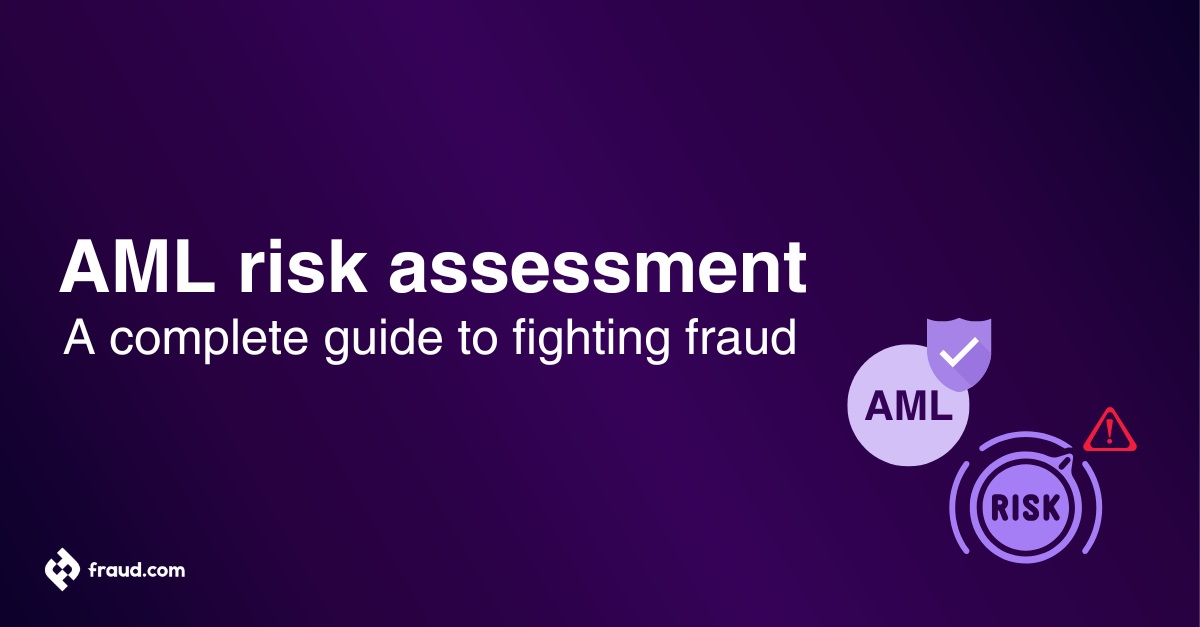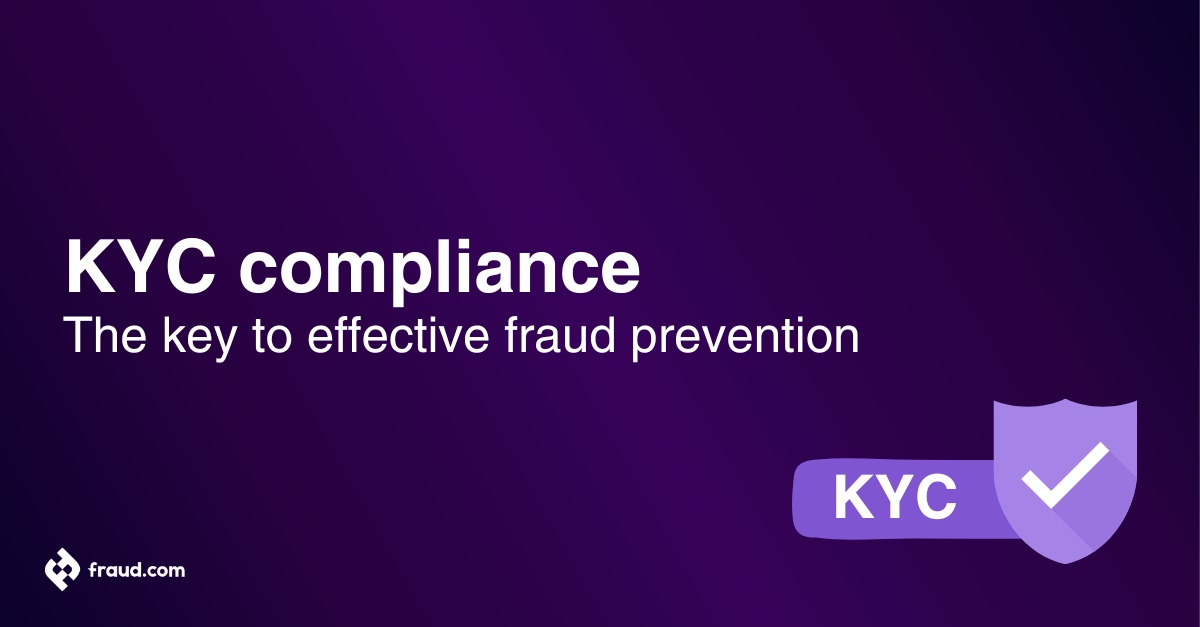In an era of digital transformation where online transactions are everywhere, fraud detection has taken a front seat within organisations across various industries, including banks and financial institutions. The adverse impact of fraudulent activities transcends immediate financial loss, extending to customer trust erosion and brand reputation damage. This context amplifies the importance of adopting advanced fraud detection solutions to combat sophisticated fraudulent activities. This article aims to provide insights into current advanced methodologies, cutting-edge technologies, and best practices for improved fraud detection and prevention.
Table of Contents
ToggleWhat is advanced fraud detection?
Advanced fraud detection refers to the use of modern technologies and sophisticated models to identify and prevent fraudulent activities in a more precise and efficient manner than traditional methods. This scientific approach aims to swiftly detect, prevent and respond to every type of fraud that could harm businesses, especially in the finance sector like banks and credit unions.
Typically, advanced fraud detection involves using Artificial Intelligence (AI) and Machine Learning (ML) algorithms, which are designed to analyse vast amounts of data and identify patterns or anomalies. These patterns or irregularities can help signal suspicious or fraudulent activities in real-time. This means that even newly evolved and complex fraud types can be detected and preempted early.
Advanced fraud detection also leverages predictive analytics and data modelling. By using historic and real-time data, these technologies make intelligent predictions about potential fraud risks. For example, suppose a series of transactions originating from a single shipping address suddenly exhibits different buying behaviours. In that case, the system could alert the company to potential fraud, allowing for quick action.
Moreover, advanced fraud detection integrates with superior identity-proofing solutions to prevent identity theft, payment fraud, and account takeover fraud. These solutions usually depend on robust verification methods like biometrics and behavioural analysis to determine a user’s real identity.
Lastly, advanced fraud detection involves a technique known as fraud orchestration. This process uses AI to manage the different detection tools, thereby streamlining the detection process. It can evaluate the genuineness of transactions in real time and take appropriate measures to protect the business.
In essence, advanced fraud detection refers to the use of innovative, intelligent techniques to fight fraud more effectively and efficiently. It incorporates machine learning, advanced fraud data analytics, and rigorous identity proofing to enhance fraud prevention, review transactions methodically, and minimise the adverse impact of fraud on businesses and customers alike.
Combining these technologies and methods not only aids in detecting fraudulent transactions but also prevents future fraudulent activities, helping to safeguard businesses and build customer trust. Such techniques and technologies provide banks, financial institutions, credit unions, retailers and other businesses with the tools they need to tackle fraud effectively in our increasingly digital world.
Traditional fraud detection methods
Traditionally, fraud detection has principally hinged on rule-based systems and manual review processes. These methods involve creating a set of rules or patterns that define fraudulent behaviour and manually reviewing transactions that deviate from these predefined norms. While they have proven effective in some scenarios, they can be slow and inefficient when dealing with the volume and complexity of data in today’s digital space.
Moreover, these systems are based on known fraud patterns; they often falter when faced with evolving fraudulent activities. Modern fraudsters are clever and sophisticated, always finding new ways to steal card numbers, payment information and manipulate payment details. This shows that the current systems have their limitations. For instance, when fraudsters change the shipping address or credit card details, the slow speed and inflexibility of these conventional methods often lead to threat detection and the inability to prevent fraudulent payments swiftly and adequately.
Also, the traditional fraud detection methods tend to generate a lot of false positives, which increases the workload for risk or fraud analysts who have to manually review these alerts. Furthermore, these systems cannot adapt and learn from new threats, which makes them less effective against emerging fraud techniques. Therefore, the escalating need for speed, efficiency, and adaptability in the battle against fraud necessitates the inclusion of sophisticated techniques and state-of-the-art technologies into the detection systems.
Advanced fraud detection techniques
Machine learning introduces a revolutionary aspect in the battle against fraud detection. It offers the capability to process vast amounts of data, detect patterns, and spot anomalies that may indicate potential fraudulent transactions. Advanced fraud detection software leverages diverse machine learning techniques, including but not limited to, decision trees, random forests, and neural networks, within supervised, unsupervised, or semi-supervised learning frameworks.
Machine learning algorithms can self-improve, adapting and learning from new data, thus keeping pace with the ever-evolving fraud landscape. This makes it a formidable arsenal for fighting fraud in real time, taking in the hits, and readjusting for upcoming battles. Effectively, it outflanks traditional methods, offering unprecedented speed and precision, and becomes a go-to solution for today’s anti-fraud decision-makers.
Emerging methods in fraud detection
As technology evolves, so do the methods employed in advanced fraud solutions to detect and prevent fraud.
- Companies are now harnessing the power of machine learning fraud detection, predictive analytics, and artificial intelligence to expose unusual patterns and forecast potential fraudulent activity before it can cause damage.
- Behavioural biometrics is an emerging technique that analyses a user’s typical behaviour, from mouse movements to keystroke dynamics, and uses this data to detect anomalies that indicate fraud.
- Deep learning, a subset of AI, enables the recognition of complex patterns in large data sets, contributing to the prediction and prevention of sophisticated fraud schemes.
- Blockchain, an incorruptible digital ledger of economic transactions, can ensure transparency and traceability in transactions, making it hard for fraudsters targeting to alter or forge data.
- Chatbots and virtual assistants powered by AI are also being employed for real-time detection and communication of potential fraudulent behaviour. Together, these emerging methods represent the future of effective, prevention-focused fraud detection.
Identity proofing and fraud orchestration
Effective identity verification is an integral part of a strong fraud prevention strategy – an essential, continually evolving process that inhibits identity theft and account takeover fraud. As cybercriminals evolve, so must our methods of validating identities. Advanced identity-proofing solutions transcend basic data checks, incorporating elements such as biometric authentication that leverages biological and physical traits like fingerprints, facial patterns, voice or even behavioural characteristics to confirm identities.
Another emerging tactic uses behaviour analysis, scrutinising behavioural patterns such as keystroke dynamics, navigation trends, mouse movement, and mobile device handling patterns. This strategy turns even the most ordinary actions into possible signs of genuineness, adding an extra level of protection.
Complementary to this is fraud orchestration, an approach that synchronises various elements of fraud detection into a seamless process. Leaning heavily into AI and automation, fraud orchestration enhances the efficiency of detection and, more critically, the accuracy, of catching fraud that might slip through less refined nets. In effect, it acts as a vigilant watchman and an unyielding shield of fraud protection, safeguarding your business from the insidious impacts of fraud.
Data analytics and predictive modelling
When it comes to modern-day fraud detection, data analytics and predictive modelling play the role of both the sword and shield. They act as powerful tools that inspect vast amounts of historical and real-time data, identifying known fraudulent patterns and predicting new ones on the horizon by modelling data trends and inconsistencies.
Particularly critical to the predictive modelling component is anomaly detection, a sub-field of data analytics that specialises in identifying outliers within data sets. As a result, it has the unique propensity to detect previously unseen fraudulent activities, enabling it to serve as an early warning system. It’s like having a watchtower with a 360-degree view, further bolstering our armoury for fighting against fraud.
Integration and collaboration
In the anti-fraud battleground, unity is the strength. Combining fraud detection systems with risk management and cybersecurity tools can create a comprehensive defence framework. This comprehensive defence strategy facilitates the capture and neutralisation of fraud across multiple points, increasing the chances of detecting and preventing sophisticated attacks.
Alongside integration, collaboration forms another pillar in any strategy to fight fraud effectively. Organizations working together, sharing their reservoirs of threat intelligence, can derive immense collective knowledge benefits. This collaborative approach can allow a quicker response to new threats, unmasking them sooner, and thereby giving businesses a critical edge over fraudsters. It’s joining diverse forces to build a more secure, fraud-resistant future.
Advanced fraud detection by aiReflex
In the fight against fraudulent transactions, one solution is emerging as an industry leader: aiReflex. This innovative tool goes beyond standard fraud detection methodologies by applying a unique combination of advanced techniques coupled with explainable AI, delivering an enhanced level of security and fraud prevention.
Unlike most other solutions, aiReflex operates on a multi-tiered defence mechanism, identifying and eliminating potential threats at different stages of the transaction process. This safeguarding against fraud doesn’t just occlude the damaging financial hit; it multiplies layers of security to maintain and improve customer trust, a priceless commodity
Explainable AI facilitates the immediate understanding and explanation of potential fraudulent activities, providing meaningful insights for swift and targeted reactions. The combination of real-time detection, clarity, and quick response substantiates aiReflex as a highly effective tool for understanding and combating fraud, augmenting customer relations, and ensuring business security in the digital world.









